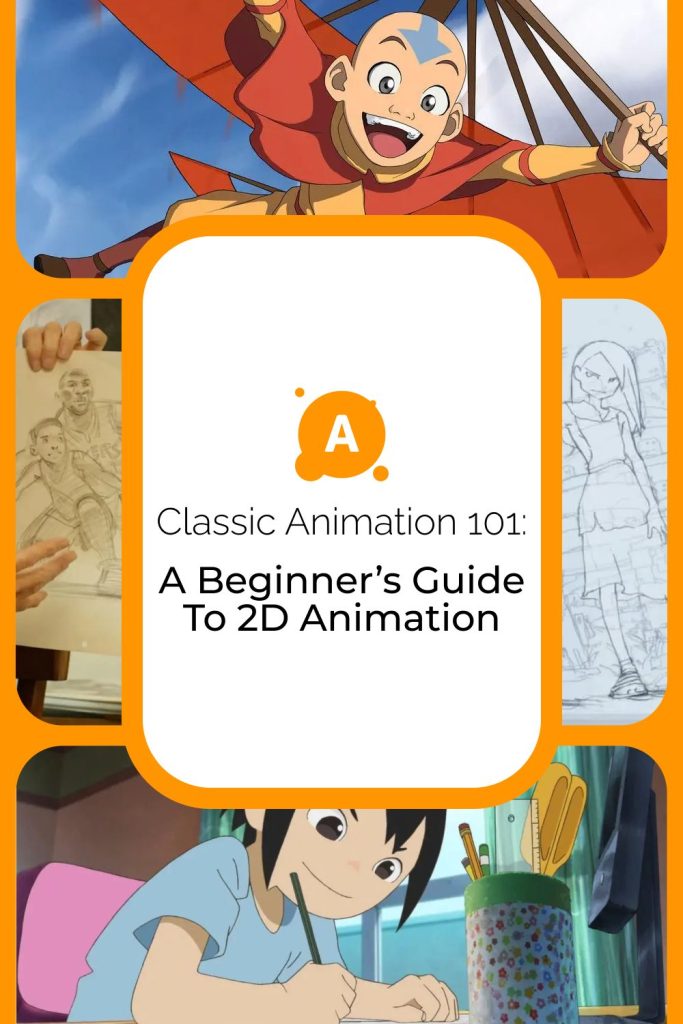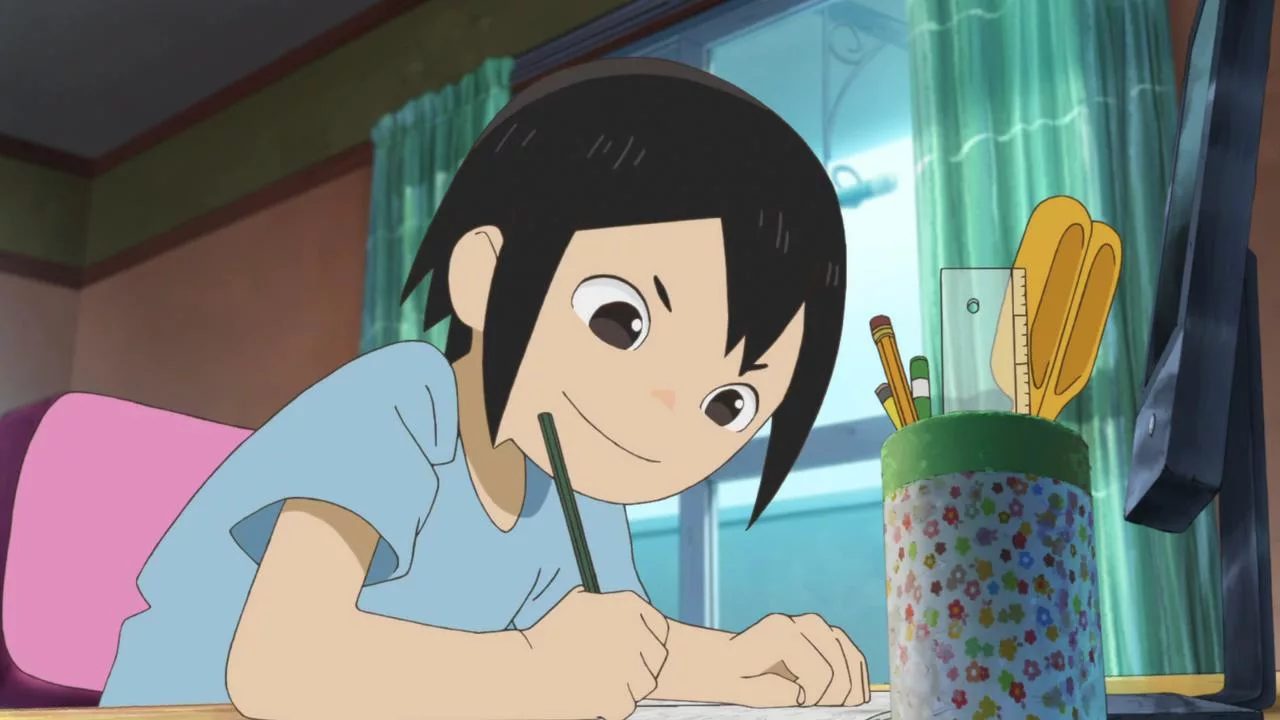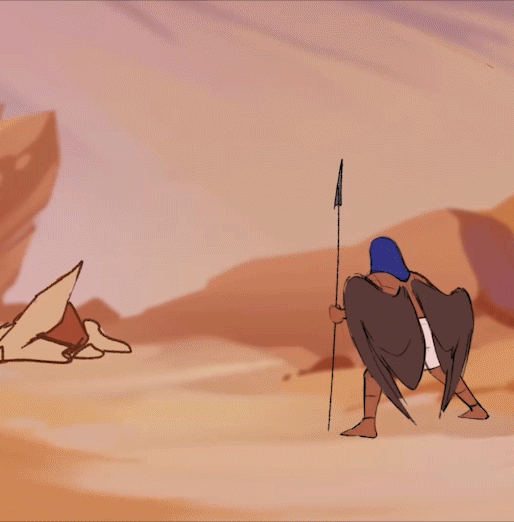Dreaming of becoming an animator and wanting to master classic 2D animation? Then Classic Animation 101 is the perfect guide to help you dive into the basics of traditional animation and progressively learn all the necessary techniques. In this article, we will break down the key principles of classic animation that were established during the golden age of animation and still remain relevant today for creating amazing animated projects. Want hands-on help learning the classic animation principles? Check out our <<Basics In Traditional 2D Animation>> course

Avatar: The Last Airbender
Classic 2D animation is an art form that requires patience, practice, and attention to detail. Despite the advancements in technology and the rise of 3D animation, classic 2D animation continues to be incredibly popular in the industry due to its unique style and artistic expression.
Why Classic 2D Animation?
Traditional 2D animation is an exciting process that allows you to convey liveliness and emotion through drawn images. Unlike 3D animation, which focuses on modeling objects in a three-dimensional space, classic 2D animation is entirely hand-drawn, giving the animation a distinctive atmosphere and character.

Keep Your Hands Off Eizouken!
Classic 2D animation requires in-depth work on every character or object’s movement, making the process more creative and detailed. For those who want to create something truly unique, learning traditional animation techniques opens up a world of possibilities. Many studios, such as Disney, Studio Ghibli, and Cartoon Saloon, still use classic 2D animation to produce iconic animated films that remain in the hearts of audiences for decades.
The Principles of Classic 101 Animation: Movement and Expression
The foundation of classic 2D animation lies in the 12 principles developed during the golden age of animation by Disney studios. These principles are the cornerstone of any successful animation project. They include elements such as squash and stretch, anticipation, slow ins and outs, secondary actions, and many more. Understanding and applying these principles helps create animations that look natural, expressive, and lifelike.
See How Acting Improves Your Animation
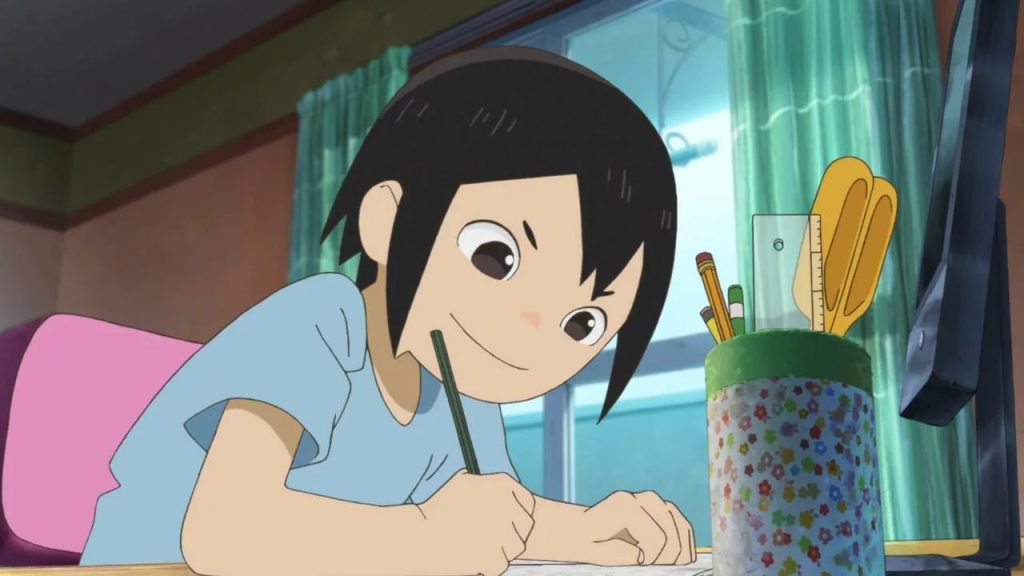
Keep Your Hands Off Eizouken!
In classic 2D animation, every frame is drawn by hand, which is both one of the greatest challenges and beauties of the process. Mastering these principles allows you to “bring characters to life,” creating smooth, believable movement that follows the laws of physics and emotional reactions.
Drawing as the Foundation of Classic Animation
Although modern animation programs greatly simplify the process, drawing skills remain the foundation of classic 2D animation. This art form requires the ability to accurately convey movement, facial expressions, emotions, and atmosphere through each drawing.
To start, learn how to draw simple forms in motion. Master basic poses, then move on to more complex movements, analyzing anatomy and body physiology. Understanding how the body works in different poses and movements is the foundation for your future animations. The more you practice drawing, the easier it will be to create smooth, lifelike movements in your animations.
Choosing Software for Classic 2D Animation 101
To create classic 2D animation, you will need specialized software that allows you to work with raster or vector images and create traditional animations.
For beginners who want to experience the feel of traditional animation, suitable programs include Toon Boom Harmony, TVPaint, and OpenToonz. These tools allow you to work in the style of classic animation, supporting hand-drawn artwork and offering flexibility in creating frames.
If your goal is to reach a professional level, you should master programs such as Toon Boom Harmony, which is used in large studios for creating full-length animated films. For simpler projects, you can use Adobe Animate or Krita – a free program that supports drawing for animation.
Learn Which Software is Best for Beginners
Analyzing Professional Works: Learn from the Masters of Classic Animation
One of the best ways to improve your skills is by studying the works of masters of classic animation. By analyzing the works of studios like Disney, Studio Ghibli, and Cartoon Saloon, you can understand how animation principles are applied in practice. It’s especially useful to study scenes that use traditional methods, such as hand drawing, as well as 2D animation techniques using keyframes and in-between frames.
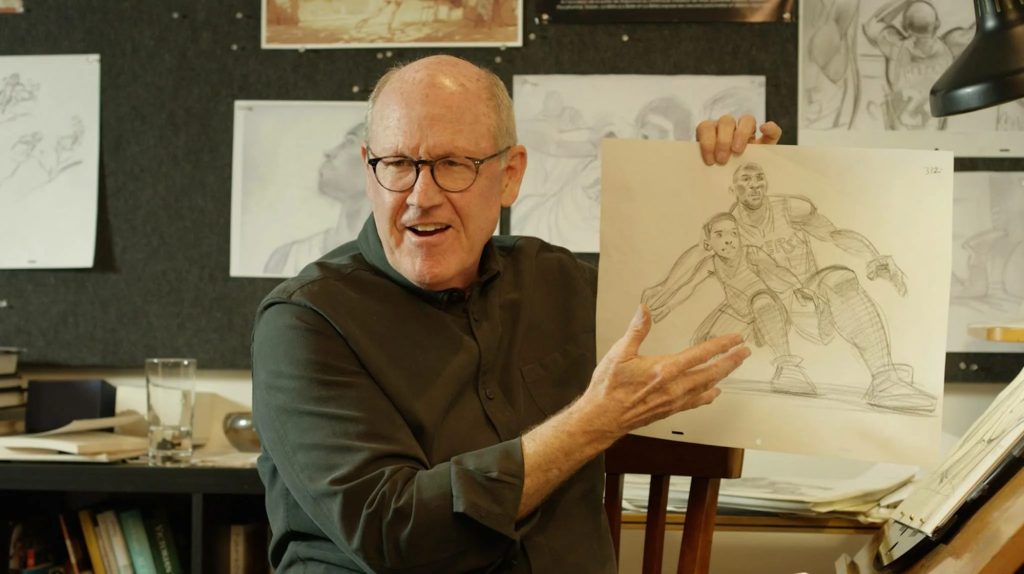
Glen Keane
You can also find scenes for analysis on platforms like Sakugabooru, where animators share their professional work. Study how character movement is structured, such as when jumping, running, or interacting with objects. This will help you understand how to make your animations more dynamic and expressive.
Creating Your First Classic Animation
Now that you have a grasp on the fundamentals, it’s time to dive into practice. Begin with simple exercises to build your skills and gain confidence. A great starting point is animating a bouncing ball. This classic exercise will help you understand the crucial concepts of timing, spacing, and how to create the illusion of weight and movement.
Don’t be afraid to approach the task from different angles and get creative with your interpretations. Try experimenting with the ball’s movement – for example, change the trajectory or add personality to the bounce.
Remember, the goal is to observe how weight, speed, and tension can be communicated in classic animation. By revisiting the same exercise and exploring various ways to make it feel more dynamic, you’ll deepen your understanding of animation principles and refine your skills.
Check out 2D Animations for Beginner Live-Stream Workshop: How to Start Animating Right Now to see how the Feedback process works in our courses.
Building a Portfolio: The Key to Success in Classic Animation
After mastering the basics, it’s important to start working on a portfolio to showcase your skills. Your portfolio should contain a variety of animations that demonstrate your understanding of animation principles such as movement, expressiveness, and technical accuracy.
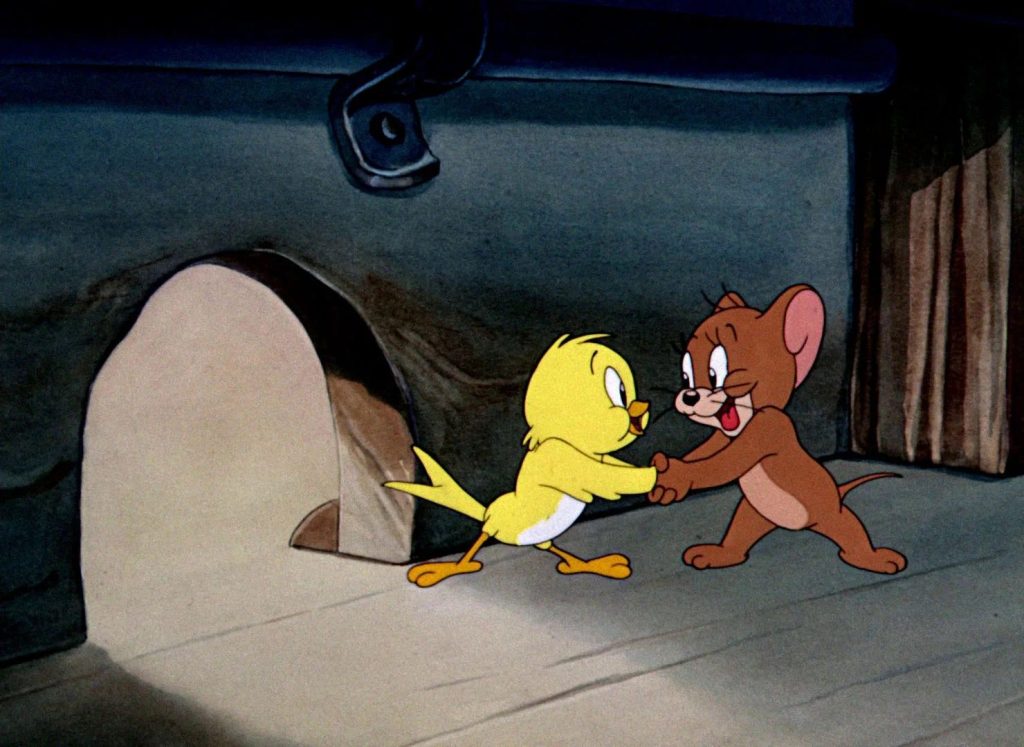
Kitty Foiled
Include short animations, characters, and scenes you have animated by hand. Post your work on platforms like ArtStation or Instagram to broaden your audience. A strong portfolio will serve as your calling card, showing that you not only understand the principles of classic animation but are also able to apply them in practice.
Need help Building a better portfolio? Check out this guide!
Conclusion: The Path to Becoming a Classic 2D Animator
Mastering classic 2D animation 101 is a process that takes time, effort, and patience. However, with the right approach and consistent practice, you will be able to develop your skills and start creating stunning animations that will inspire audiences and bring you success.
If you want to speed up your progress and take your skills to the next level, sign up for a classic animation course. Our professional mentors will help you improve your drawing technique, enhance your portfolio, and master the complex animation techniques necessary to succeed in the industry.
